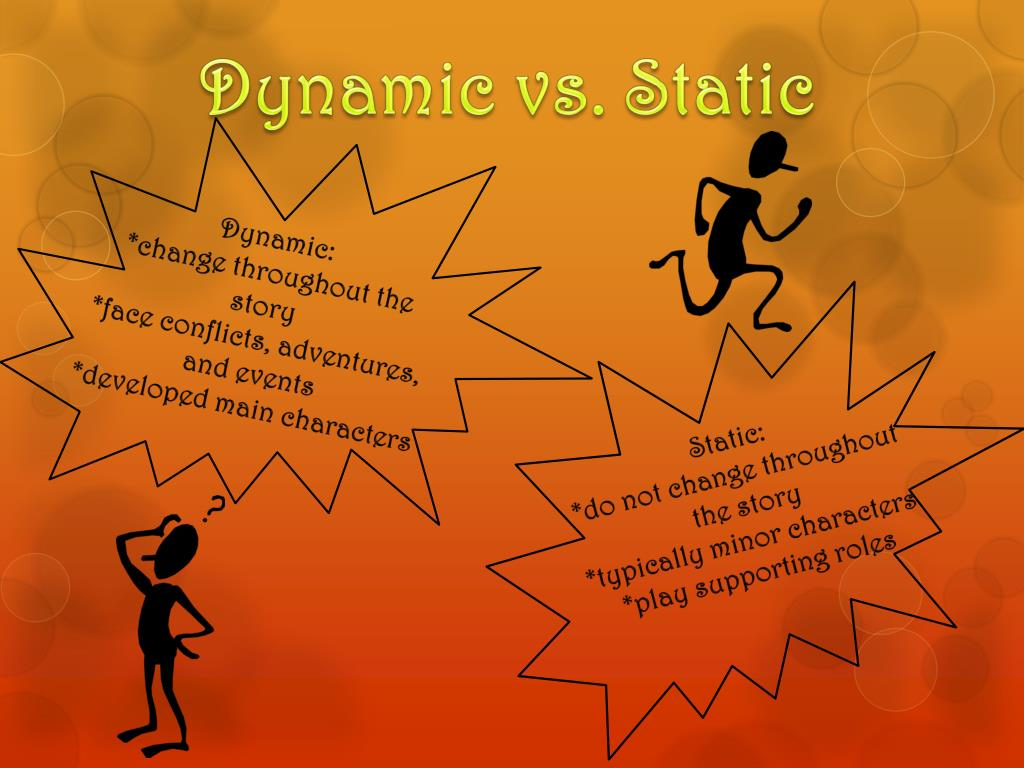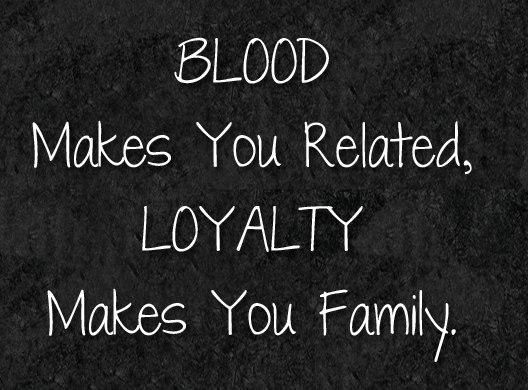How are ancient Greek values of respect and loyalty for family revealed in the episodes, “Twenty Years Gone…” & “Argus” in Homer’s Odyssey?
How does Homer further develop Odysseus’ characterization as a cunning hero in his exchange with both the suitors and his wife, Penelope?
How can we use the theory of neuroplasticity to analyze Odysseus as a dynamic character?
Do Now: Neuroplasticity
Class Discussion: How open/receptive are you to try something new, even when it’s scary?
Eric Lu said, “It’s scary, I get nervous, not knowing what to expect.” Loezee agreed, adding that it could be embarrassing in front of your peers.
Mohammed countered, as it could be really nice, and he could find something he might like, such as lobster. Christopher Salguero also said, “I’ll put myself out there to try something new, but not in the case of food. I used to be very scared of rollercoasters.”And finally, Darren said he was open-minded to try new things, because variety is the spice of life.
We also read the articles on neuroplasticity, kleos, and nostos.
Group Work:
We were supposed to evaluate Odysseus’ character growth, learning agility, and wisdom throughout the Odyssey. Also, we had to answer and give our opinions on the events in the passage about Odysseus’ dog Argus. Unfortunately, we were unable to do most of it in class.
Materials:
Video On Neuroplasticity
Video on symbolism, themes, and motifs
“Penelope” pdf [2 pages]
“The Suitors” pdf [3 pages]
“Twenty Years Gone” pdf [5 pages]
Dynamic vs Static Characterization [4:40]
“Argus” pdf [1.5 pages]



Based on Culturally Responsive Teaching & The Brain (Hammond 40-43)
This is an article on neuroplasticity in literature that we read together in class.
Learning Agility: Where Wisdom Meets Courageous Problem Solving
The Iliad is the earliest piece of Western literature and illustrates the generally distinct characteristics of wisdom versus problem solving with risk and courage. King Nestor the wise might miss opportunities for gain due to his caution, but is renowned for eventually making great decisions based on his judgement, knowledge, and experience. While Odysseus has a great ability to courageously solve problems in circumstances of extreme risk, but more often than not gets himself into such situations due to his own lack of wisdom![Wisdom does not only apply to solving difficult problems, but also means not being reckless and getting yourself into dangerous situations and avoiding the problem in the first place.]
So what exactly do we mean by “learning agility”? While the ability to learn can be broadly defined by one’s ability and willingness to do so, learning agility concerns the speed with which people learn and the flexibility with which they apply that learning. A hallmark of the agile learner is their ability to learn from previous experience and apply that learning in current situations, often in creative or unique ways. Sounds wise, right? Yet agile learners do more than learn from their previous experiences. They also have Odysseus’s panache when it comes to putting themselves into challenging/uncertain situations. Like our Greek Hero, they are sufficiently present and open to challenge the status quo, remain calm in the face of adversity, and be open to testing alternatives. In doing so, they are able to courageously seize opportunities and turn adversity to their advantage.
So what leads to differences in learning agility? One of the key ingredients is the mindset that facilitates or inhibits a leader from demonstrating the behaviours associated with continual growth, development, and the use of new strategies that will equip them for the increasingly complex problems they face. If people have a fixed mindset, they believe their basic qualities, like their intelligence or talent, are simply fixed traits. They spend their time documenting their intelligence or talent instead of developing them. For this reason they are less likely to reflect on and learn from failures as they see them as an indication that the limit’s of one’s ability was reached. For this reason they are also less likely to be comfortable putting themselves into challenging/uncertain situations or trying out new strategies that entail risk of failure.
If on the other hand they have a growth mindset, they will believe that their most basic abilities can be developed through dedication and hard work—brains and talent are just the starting point. This view creates a love of learning and a resilience that is essential for the growth and development associated with great accomplishment and learning agility. They are comfortable risking failure because getting it wrong just presents an opportunity to further learn and grow. It is in such fertile soil that the seeds of problem solving grow.
Furthermore, decades of research into neuro-plasticity has taught us that those with the growth mindset are right. Your talents and abilities aren’t fixed and can be developed through experience and opportunity. Yet even the most growth mindset oriented amongst us can have difficulty remaining calm in the face of adversity and making risky decisions when the stakes are high. This is where our courage quotient comes to the fore in the shape of courageous problem solving.
When we think of courage we often think of the big examples; examples such as those who otherwise risk life and limb in the process of saving another or doing what’s right. Yet personal courage is something we all have the opportunity to demonstrate on a day-to-day basis and build and develop as a function of practice and application. Personal courage is about acting when we experience anxiety due to uncertainty or risk – defining features of the contexts in which learning agility is displayed. Fortunately, most of our decisions do not run the risks experienced by Odysseus, such as being turned to stone, lured into crashing our ship onto rocks, eaten by monsters, or sucked into whirlpools. Yet the brain often treats the risks we do encounter (e.g., risks to status, autonomy, and the approval of others) in much the same way.
So all we need to do to increase our learning agility is combine the best characteristics of our Greek hero! Fortunately learning agility isn’t something you have or don’t have, but is instead something we can all develop and grow[learning agility is a skill, not a talent] in rather less epic circumstances than the Iliad or the Odyssey. Some of the things we can all do in our daily lives to increase our learning agility are:
Seek challenging feedback
Take action when we experience anxiety and there is some element of uncertainty or risk (i.e., exercise personal courage)
Reflect on what worked well and didn’t in different situations, and think about what could have been done differently
Ask questions to understand without the need to be understood
Try to identify and challenge some of the basic assumptions underlying our usual way of seeing things
Notes:
-Nostos: Greek for one’s return home
-Kleos: Greek for the glory of battle, but usually at the cost of one’s life
-Achilles achieves Kleos, while Odysseus gets both Nostos and Kleos
-Dynamic characters’ character change is usually triggered by learning from some kind of conflict.
-Scientists used to believe the human brain did not change much after childhood, but this was disproven
-Neuroplasticity: The ability for the brain to become rewired and discover new ways of thinking/acting.
-Dynamic Character: A character who changes throughout the story(e.g, Nemo, the Beast, Shrek, Simba)
-Static Character: A character who does not change much throughout the story(Dory, Scar, Snow White, Cinderella)
-A motif is a recurring image, spoken or written word, sound, act, or another visual or structural device that has symbolic significance.
-A prevalent motif in part 2 of the Odyssey is loyalty to one’s memory in their absence.
-Athena turns Odysseus into a beggar(20 years and Gone) -Athena shows favor toward Odysseus. She is his “guardian goddess” -As the goddess of battle and wisdom, Odysseus exemplifies traits that are most important to her. -At first, Telemachus does not believe that this “beggar” is his father, but after Athena turns him back to his original form, he realizes the truth and the two exchange an emotional reunion. -Telemachus tells him of the suitors trying to marry Penelope. -They devise a plan to get rid of the suitors. -In “Argus”, Odysseus’ dog Argus recognizes him.
-Argus has been neglected and abused his whole life after Odysseus left. -Odysseus must ignore him so as to not reveal who he really is while disguised. -Shortly after reuniting with Odysseus, Argus is finally laid to rest, and dies. -In “The Suitors” a disguised Odysseus enters his home, and is immediately confronted by his suitors. -The suitors disrespect him, and do not follow xenia, and treat him rudely. -Not knowing that he is Odysseus, and Odysseus even gets a stool thrown at him by one of the suitors, Antinous. -Odysseus warns Antinous that he will not live to see his wedding day(foreshadowing) for his violation of the rules of hospitality, and for trespassing his land when all the disguised Odysseus needed was food. -In “Penelope”, she has just seen Antinous, one of her suitors, throw a stool at the beggar, who unbeknownst to her, is Odysseus in disguise. -Later, she talks to the disguised Odysseus, who assures her that Odysseus is alive and well, and will return soon, so she should not remarry.
Reflection(What did I learn? Why did I learn it? How will I use what I learned?):
Today, I learned about the Greek concepts of Kleos and Nostos, prevalent motifs in the Odyssey, dynamic and static characters, and neuroplasticity. I learned these concepts so I can apply the concepts I learned today to future texts as well as when I write to demonstrate a character’s growth or adaptability to a reader. Also, I can now identify these concepts in the future when reading to gain a deeper meaning and understanding of the passage.